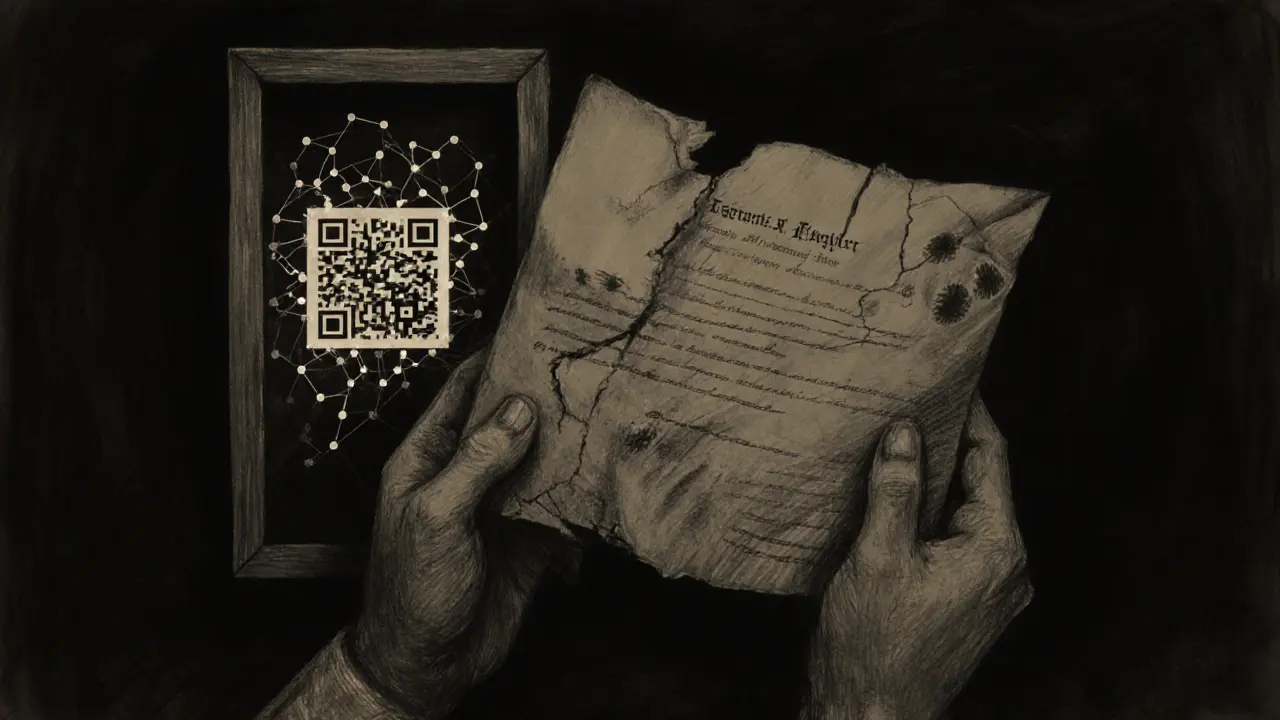Blockchain provenance offers an unchangeable digital record of art ownership, while traditional methods rely on fragile paper documents. Learn how blockchain stops fraud, boosts trust, and gives artists lifelong royalties.
Art Fraud Prevention: How to Spot Fake Crypto Projects and Scams
When you see a new crypto token with a flashy website and a promise of quick riches, you’re not just looking at a digital asset—you’re looking at a potential art fraud, a deceptive scheme that mimics legitimacy to trick people into investing. Just like a forged painting signed by a famous artist, a fake crypto project copies the look and feel of something real—whitepapers, team photos, social media buzz—but has zero substance behind it. The difference? In crypto, the fraud doesn’t hang on a wall—it lives in your wallet.
Many of the scams we cover here follow the same playbook as art forgers: they create fake token, a digital asset with no real utility, team, or blockchain activity, then flood platforms with hype. You’ll see a token like DTN or 1MIL with a price chart that looks real—but no one actually owns it. Or an airdrop scam, a fake giveaway designed to steal your private keys or trick you into paying gas fees that mimics legitimate campaigns from Moonpot or Hacken. These aren’t just bad investments—they’re engineered thefts dressed up as opportunities.
Real art has provenance. Real crypto projects have audits, verified contracts, and active wallets. Scams have none of that. They rely on urgency: "Claim now before it’s gone!" or "Only 100 spots left!"—just like a fake Picasso auction. The same red flags show up over and over: no team names, no code on GitHub, token supply that doesn’t match what’s listed, and a website that looks like it was built in 2017. You don’t need a PhD to spot these. You just need to ask: if this is so valuable, why are they begging you to join?
SwapStats doesn’t just report on these scams—we break down how they work so you can avoid them. You’ll find reviews of exchanges that vanished overnight, like LGO and Instant Bitex, and deep dives into tokens with zero circulating supply but fake prices. We show you how to check if an airdrop is real, how to verify a token’s contract, and why some "projects" are just empty addresses with a fancy logo. This isn’t theory. It’s what people lose money on every day.
Art fraud prevention in crypto isn’t about being paranoid. It’s about being informed. The tools are simple: check the blockchain, look at the team, read the whitepaper (if it exists), and never click a link from a Discord DM. The same questions that protect collectors from fakes protect investors from fraud. And if something sounds too good to be true? It is. The only difference now is that the fake masterpiece is on your screen—and the frame is your crypto wallet.
Below, you’ll find real cases of crypto fraud exposed, broken down step by step. No guesses. No fluff. Just what happened, why it worked, and how to make sure it doesn’t happen to you.

